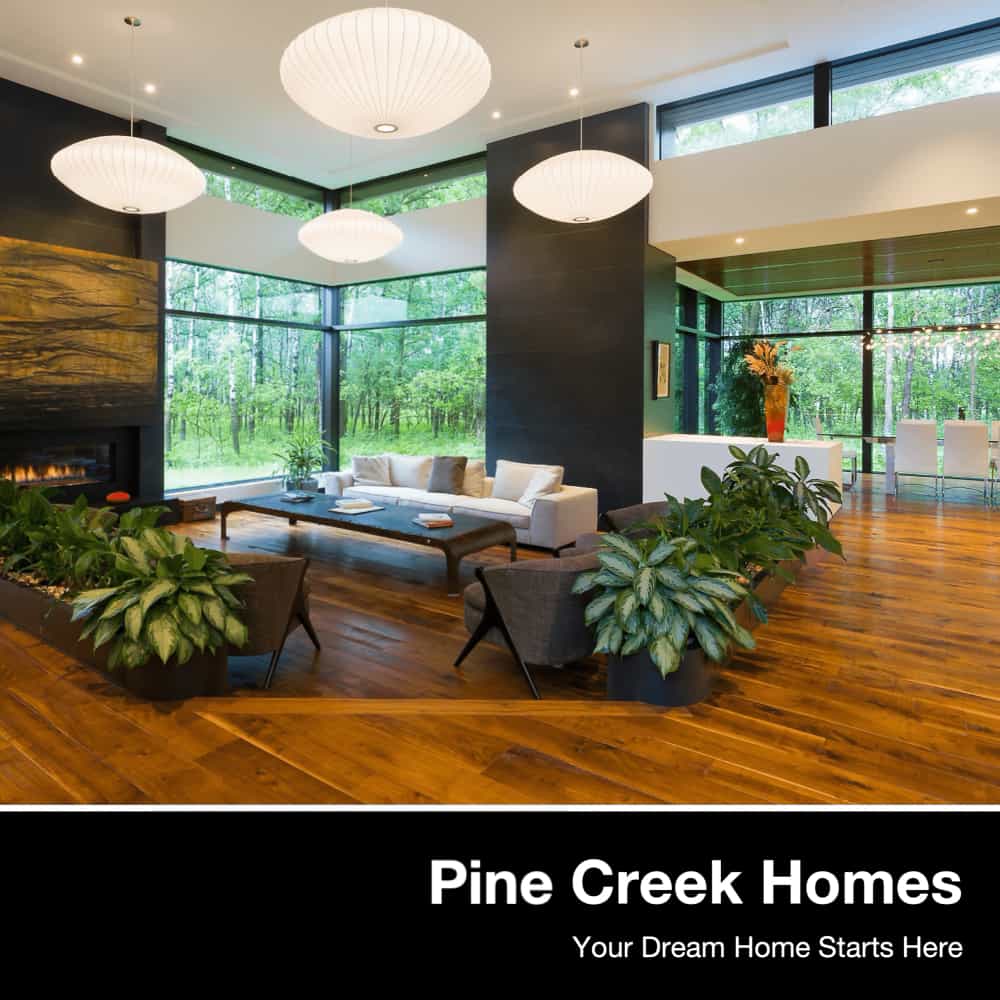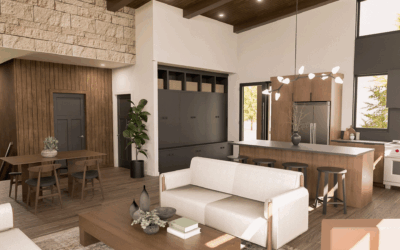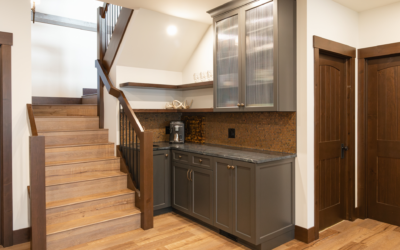When thinking of building a custom home or cottage, the first thing everyone loves to get started on is finding the perfect plan. The problem is, we don’t always know what this actually means, and the perfect plan often doesn’t exist. To get started on the right path, follow these three tips to help you end up with your l perfect design.
1) Find your property first.
This is the first item on the list for a reason. It has the single biggest impact (or at least it should) on your design and layout. Fitting a custom design to a property has such a significant effect on the end result of your build. Access, trees, sunsets, neighbours, ground levels, property shape and size all come into play.
By designing your build to fit all of these variables, you can maximize everything about the end product. Why go through all of the effort to do a custom build and end up blocking the sunset with your garage or staring into the neighbours windows?
Now, I’m not saying you shouldn’t look for ideas, or find plans (or parts of plans) that you like. You can, and should, have a really good idea of what you want, what you’d like the rooms to look like, how much space you need and even what type of kitchen countertops you love.
The important thing with the property is to take it into consideration before finalizing the exact layout. Sometimes small changes like flipping the dining room and kitchen around or adjusting exact window placements and sizes can make a big difference. Maybe you’ll find an amazing property that happens to be perfect for a walkout basement and end up wanting to adjust your plan for that.
It’s so much more cost effective to adjust all of these considerations at the initial design stage, as opposed to having a finished plan and then finding the perfect property that doesn’t fit the plan. A “perfect plan” that doesn’t fit the property, isn’t a “perfect plan.”
2) Look into the future.
What’s your life going to look like in 10 years? Most of us don’t do a custom build simply to flip it. Odds are if you’re doing a custom build (home or cottage) you’re planning to keep it for a while. By thinking about what 10 years down the road looks like, you may make certain changes or provisions now to accommodate that future.
Perhaps you have children who may want a basement bedroom in a few years. If you’re planning to retire and live out your golden years in this home, then maybe limiting the number of stairs is important. Even things like wanting to add an entertaining area in the basement, or a sunroom in the future can be made much more easily by making the necessary provisions now.
We recently finished a basement for a past customer who we built for about 10 years ago, and it was so easy and efficient to do, because everything was already in place to make this happen. Electrical, plumbing and heating were all designed for this future development, so when it came time to do it, there was no wasted time or effort trying to make things work.
3) Decide who you’re building for.
This may seem like a ridiculous statement, however, often when designing a custom build we have the tendency to do certain things that everyone else seems to be doing. We think it will either be good for resale, or because if everyone else is doing it then it must be a good thing to do.
One example always comes to mind on this point—jacuzzi tubs in the ensuite. If you absolutely love soaking in a tub and you plan on using it constantly, then good for you! Go for it! But the fact is, more often than not they end up needing to be dusted based on how little they actually get used. After speaking with past customers, most report using it very little. For some reason though, it seems like we put one in every house for years.
I’m certainly not trying to pick on jacuzzi tubs, but it’s important to go back to the budget. The cost of the jacuzzi, as well as the extra square footage needed in the bathroom to accommodate it, means you’ll likely be sacrificing something in another area of the home that you may actually want more.
The point here is: you need to evaluate your true wants and needs before creating your design. The goal of a custom build is to create the perfect space for YOU, not someone else.
If you're ready to take the next step toward building your dream home or cottage, click the link below to set up a time to speak with us.
And, if you haven’t yet signed up for our email series, make sure to do so below. These emails will take you through a step-by-step guide of the building process, so you can be fully informed and prepared for your upcoming build.












